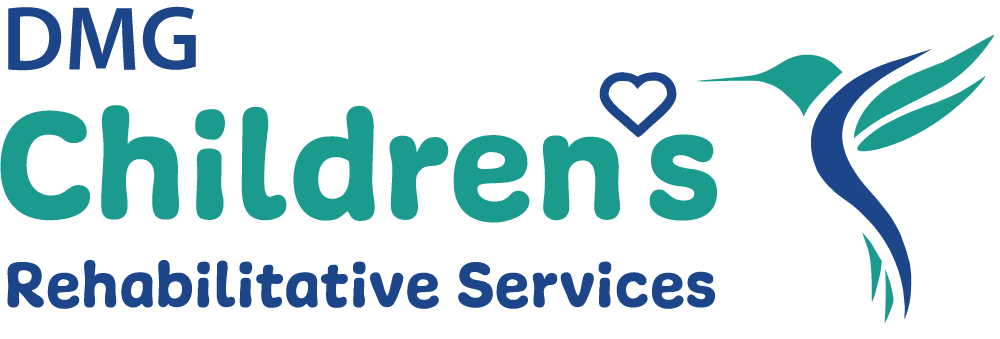Pediatric Epilepsy Symptoms and Treatment
What is pediatric epilepsy?
Pediatric epilepsy is the most common brain disorder in children in the United States and can occur in children from infants through adolescents. It is characterized by unprovoked seizures caused by a sudden change in electrical activity in the brain. There are several types of seizures that occur in children with some affecting the whole brain and others one part of the brain.
What are the signs of a seizure?
- Body stiffening
- Breathing problems
- Changes in vision, speech or both
- Confusion or in a daze
- Extreme sleepiness and irritability when waking up in the morning
- Falling suddenly for no reason
- Head nodding
- Loss of bowel or bladder control
- Loss of consciousness
- Not responding to noise or words for short periods of time
- Periods of rapid eye blinking and staring
- Staring
- Tremors, convulsions, or jerking movements in the arms and legs
- Vomiting
How is pediatric epilepsy treated?
Pediatric epilepsy is diagnosed and treated by a pediatric neurologist. Your child’s specific treatment plan will be dependent on the type of seizures, frequency and short- and long-term health impacts. Prescription medications are often used to control and manage seizures in children. Depending on your child’s response to treatment and other health conditions that occur, other medical specialists may also be consulted and added to your child’s care team.
In some cases, the child outgrows seizures. In other cases, treatment extends throughout the child’s lifetime.
If your child has had a seizure or needs treatment for pediatric epilepsy, please call (602) 914-1520 to schedule an appointment with a DMG CRS pediatric neurologist.

